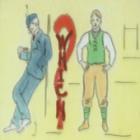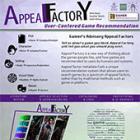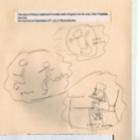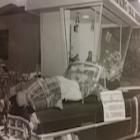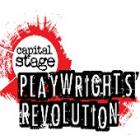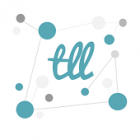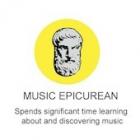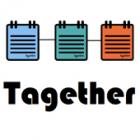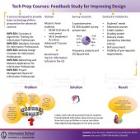
Tech Prep Courses: Feedback Study for Improving Design
As student researchers, we took an opportunity to provide feedback about introductory information technology courses currently offered at the iSchool. We’ve dubbed these courses the 'INFX Suite'. The INFX Suite, implemented in 2010, is recommended to graduate level master’s students who don’t have a technological background when they enter the iSchool. As fast as technology progresses, we wanted to investigate the INFX Suite to see if it was still fresh. Using three questionnaires, quantitative and qualitative methods have been used to gather and analyze data from iSchool faculty and students, and top iSchools in the United States. Research results revealed the INFX Suite is still in line with current technology content trends, however; meeting student expectations consistently is an area that is lacking. Research outcomes will serve as a reference for the iSchool about future INFX Suite design.

